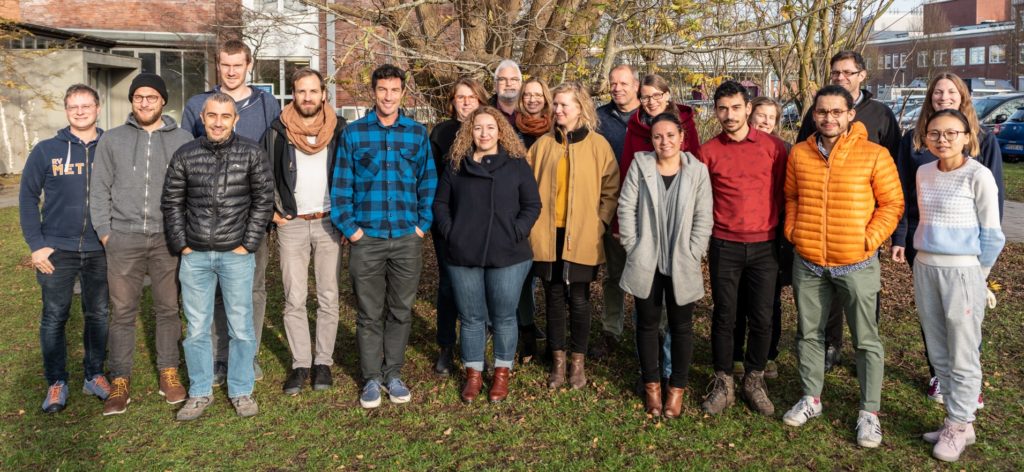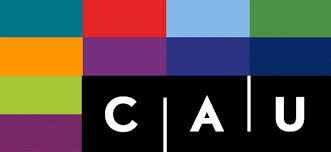
Discussing science - the Tuaheni landslide workshop
Monika Wiebe (ESR11) | @ CAU Kiel, Germany (29-30 November 2018)
The Tuaheni landslide complex offshore New Zealand is one of the most (if not the most) studied landslide complex in recent times. In the last five years, it has been the focus of three research cruises involving multi-national teams of scientists – RV Tangaroa cruise Tan1404 in 2014, RV Sonne cruise SO247 in 2016, and JOIDES Resolution cruise JR372 in 2017/18. Multiple types of data and material have been collected during this time, including a 3D P-Cable seismic cube and sediment cores up to 180 m long. Scientists are continuing to process these data in order to get a better understanding for submarine landslides in general, and the Tuaheni landslide in particular. With so much work happening simultaneously but spread over the whole globe, it is challenging to keep track of who is doing what and which results have been produced already. To address this problem, scientists studying the Tuaheni landslide decided to come together during a two-day workshop to discuss their recent findings and ongoing work. As I also work on the Tuaheni landslide, this includes me.
In total 18 participants of six different nationalities travelled to Kiel for the Tuaheni workshop which took place on 29-30 November. I was already familiar with many of the names from paper reading, so it was great to finally be able to associate them with actual people. The first day of the workshop began with introductory talks about the objectives and main outcomes of the three expeditions mentioned above – these have provided the basis for research on the Tuaheni landslide. Then all participants had the chance to present how they have used the data, what they found out, and what they are planning to do in the future. A field trip that had been planned for after lunch on the first day unfortunately had to be cancelled, due to typical rainy November weather in Kiel. Instead, we discussed how to proceed with the workshop and which questions should be addressed in the remaining time. A joint dinner gave us the chance to continue discussions and get to know each other better.
The second day of the workshop was mainly used to work through the topics and questions that had been raised the previous day. We could not solve all of them during the course of that day – naturally – but we managed to come up with some strategies on how best to tackle these open questions. In the end we all agreed that, while we might not have found the big new exciting solution for how the Tuaheni landslide works, the workshop itself was beneficial to all of us. We are planning to meet again next year, when we might be another step closer to unravelling the mysteries of the Tuaheni landslide.
For me, the workshop was part of another secondment to Kiel. I used the days before and after to have more meetings with researchers there to discuss my recent progress and future plans. During my everyday work, I tend to focus on the difficulties and problems that arise. Attending the workshop helped me to see the broader picture and also my own work from a different perspective. I am confident that the contacts I gained and feedback I received will help me in my future progress, and look forward to next year’s workshop.

